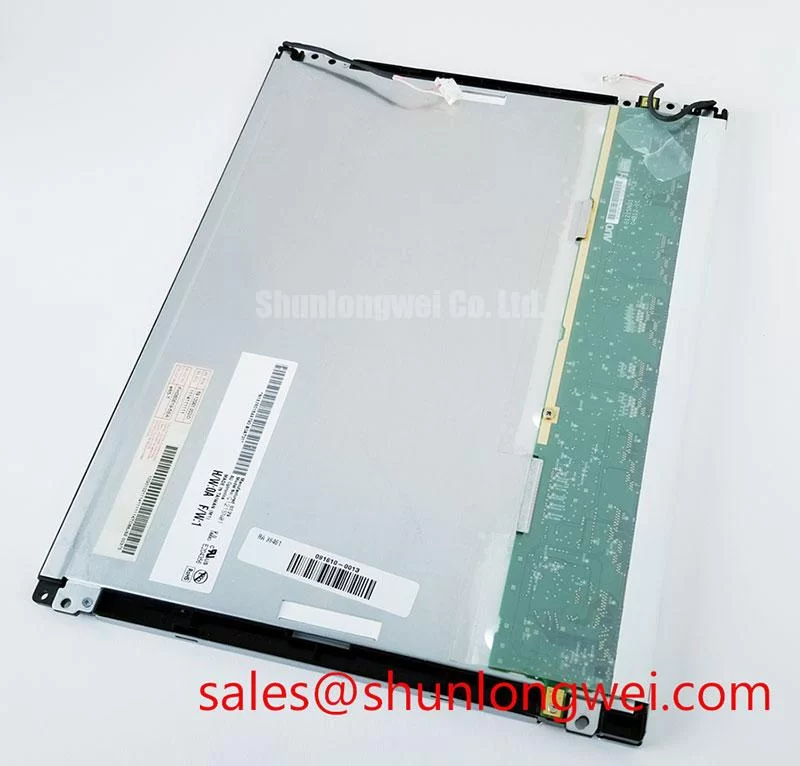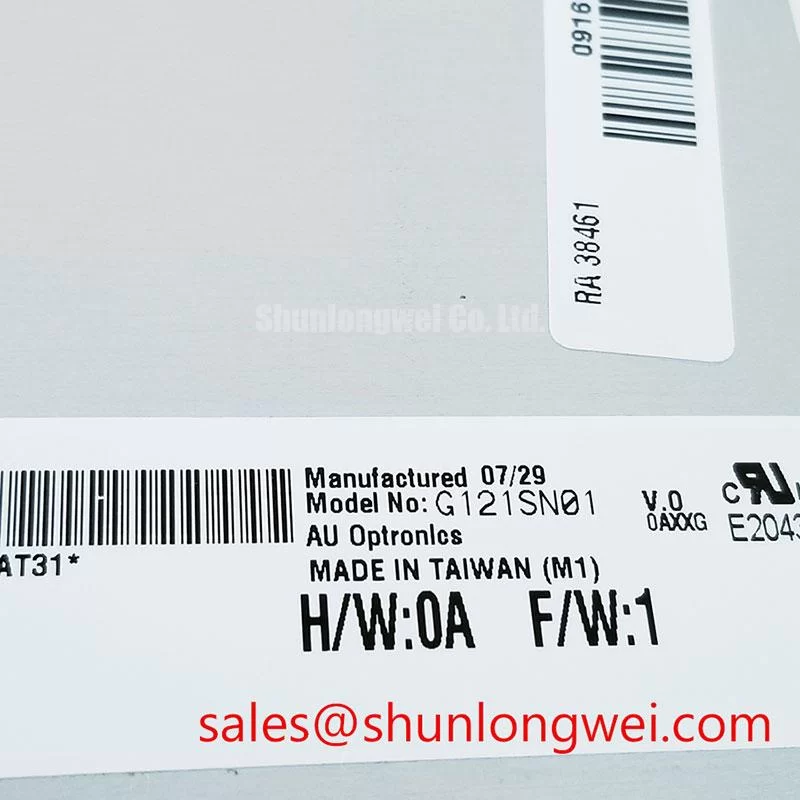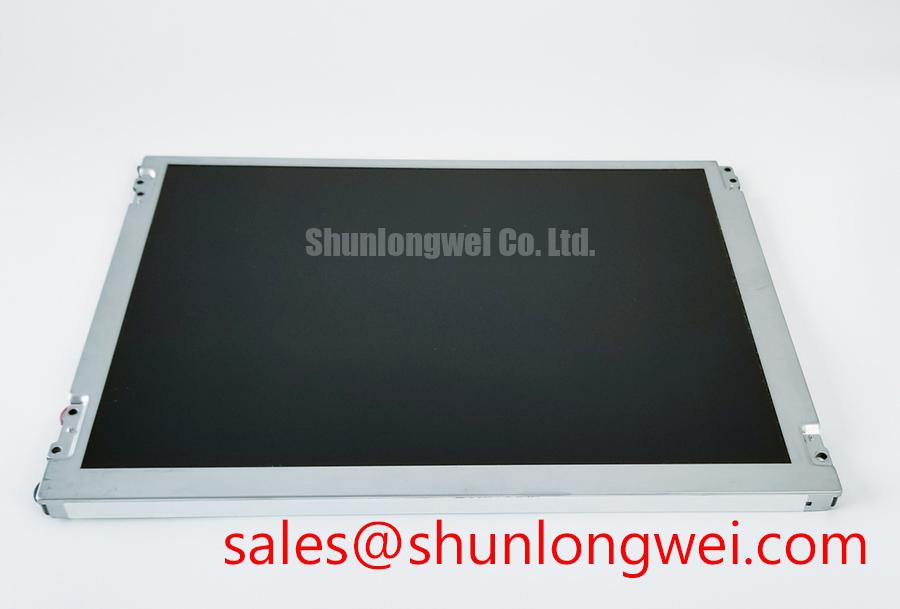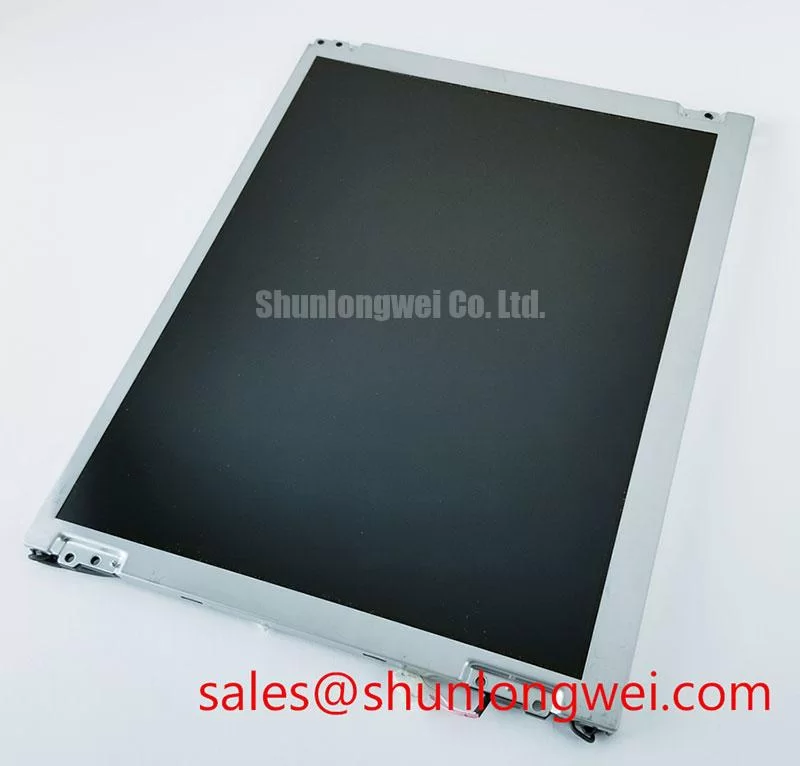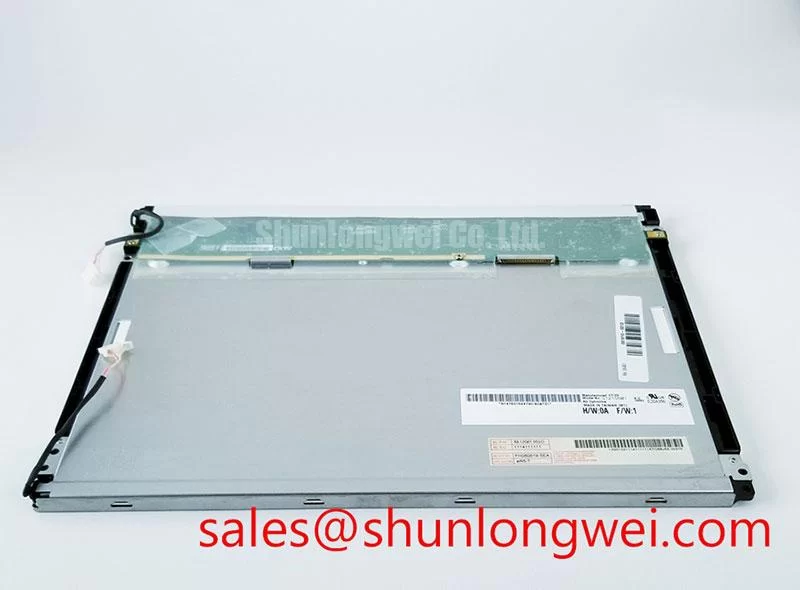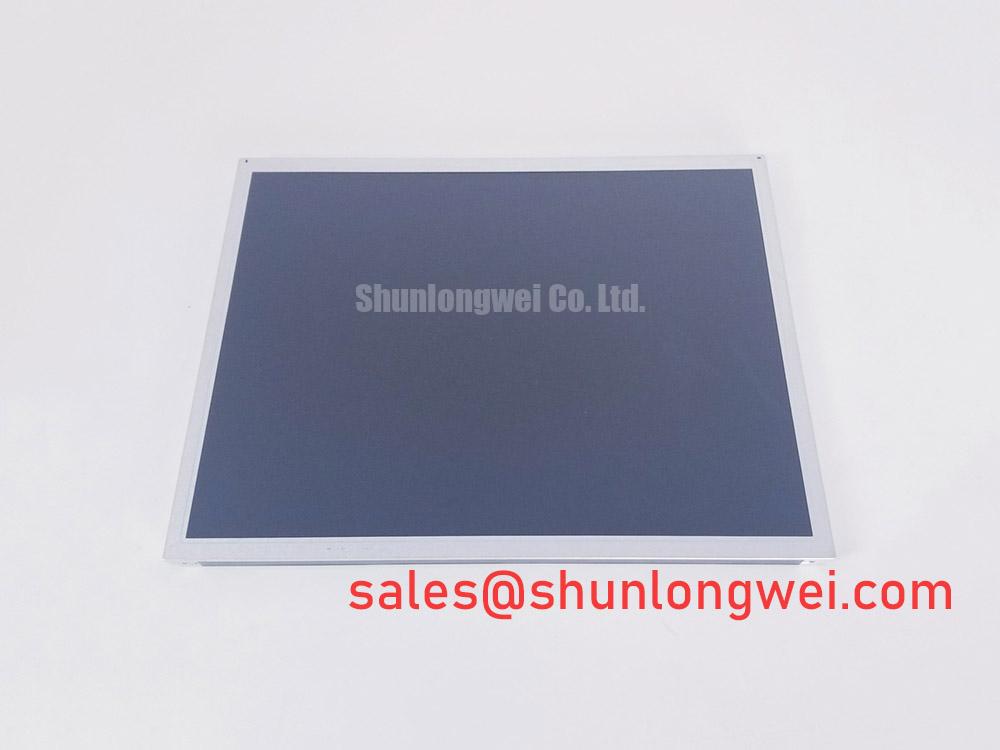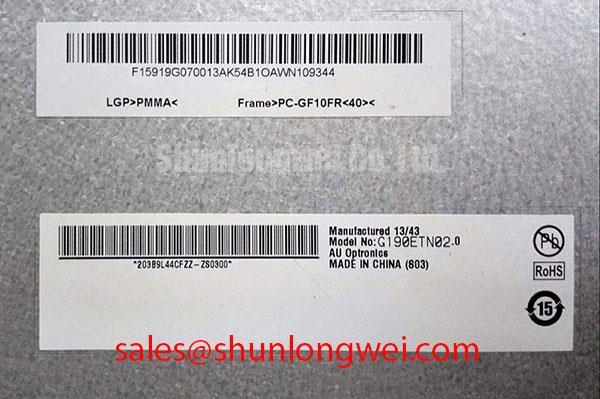Content last revised on November 14, 2025
G121SN01 V0: Industrial 12.1" SVGA LCD for Harsh Environments
Engineered for Uncompromising Environmental Resilience
As industrial automation pushes into more extreme environments, the demand for human-machine interfaces that can withstand physical and thermal stress is intensifying. The AUO G121SN01 V0 is a 12.1-inch SVGA TFT-LCD module specifically designed to provide steadfast operational resilience in these challenging conditions. Its specification of 800x600 Resolution | -30 to +85°C Op. Temp | 50K Hour Backlight delivers exceptional visual clarity and long-term reliability. Key benefits include dependable performance across extreme temperature shifts and robust mechanical stability. For engineers questioning its suitability for mobile equipment, its 1.5G operating vibration rating confirms its design for deployment in high-shock and vibration settings.
Meeting the Demand for Resilient HMIs in Modern Industry
The convergence of IoT and automation in sectors like heavy manufacturing, logistics, and agriculture creates a critical need for components that guarantee operational continuity. Standard displays often become points of failure when exposed to temperature extremes or constant mechanical stress. The G121SN01 V0 directly addresses this by providing a display solution built from the ground up for durability. This focus on environmental hardiness supports a lower total cost of ownership (TCO) by minimizing field failures and maintenance cycles, a crucial consideration for large-scale or remote deployments. Understanding the nuances of display technologies can further inform design choices, as detailed in The Ultimate Guide to TFT-LCD.
Proven Reliability in Demanding Field Applications
While specific case studies are proprietary, the design attributes of the G121SN01 V0 align it with deployments where reliability is paramount. Its wide operating temperature range is indicative of its suitability for outdoor ticketing machines or unheated/uncooled industrial control panels that must function from sub-zero winters to peak summer heat. The anti-glare surface treatment ensures operator readability, which is critical for safety and efficiency in high ambient light conditions, such as on the bridge of a marine vessel or in a construction vehicle cabin. The extended 50,000-hour backlight lifespan further supports its use in systems designed for long-service life with minimal intervention.
Technical Specifications for System Integration
Accurate technical data is essential for effective system design and integration. The following table outlines the key performance parameters of the G121SN01 V0, based on the official manufacturer's datasheet. For complete details, please refer to the official documentation.
| Display Characteristics | |
|---|---|
| Screen Size | 12.1 inch |
| Resolution | 800(RGB) x 600, SVGA |
| Luminance | 250 cd/m² (Typ.) |
| Contrast Ratio | 600:1 (Typ.) |
| Viewing Angle | 80/80/65/75 (Typ.)(CR≥10) |
| Surface Treatment | Anti-Glare, Hard coating (3H) |
| Electrical & Interface | |
| Interface Type | LVDS (1 ch, 6-bit), 20 pins Connector |
| Power Supply | 3.3V (Typ.) |
| Mechanical & Environmental Ratings | |
| Operating Temperature | -30 ~ 85 °C |
| Storage Temperature | -30 ~ 85 °C |
| Vibration Resistance | 1.5G (14.7 m/s²) |
| Backlight Lifetime | 50,000 hours (Typ.) |
Data-Informed Selection for Your Application
Choosing the right display involves a careful review of key specifications in the context of the intended application. The G121SN01 V0 presents a distinct set of features tailored for industrial use. When evaluating alternatives, it is important to consider not just the primary specifications like resolution and brightness, but also the environmental and mechanical ratings that directly impact long-term reliability and suitability. For instance, a display intended for a climate-controlled laboratory would have very different requirements from one destined for a mobile crane. For systems requiring a different resolution but similar robustness, the G104SN03 V0 provides a 10.4-inch alternative. The G121SN01 V0's combination of a -30 to +85°C operating range and 1.5G vibration tolerance makes it a strong candidate for systems where environmental factors are a primary design constraint.
Operational Value in High-Stress Environments
The engineering value of the G121SN01 V0 is most evident in applications where standard commercial displays would falter. Its core strengths deliver tangible benefits:
- Vehicle and Heavy Machinery: The 1.5G vibration resistance ensures the display can withstand the constant shock and movement inherent in construction equipment, agricultural vehicles, and forklifts, preventing intermittent connections and mechanical failure.
- Outdoor Kiosks and Terminals: The exceptionally wide operating temperature range is a critical feature. What is the benefit of its wide temperature range? It guarantees functionality in exposed, unconditioned locations without requiring complex and costly internal heating or cooling systems. This design parameter acts like an all-weather coating for your system's visual interface, ensuring it functions reliably whether in a frozen transit station or a sun-baked payment kiosk.
- Industrial Automation Controls: In factory settings, the anti-glare screen and durable construction provide operators with a clear, reliable HMI that is resilient to the vibrations and temperature fluctuations common on the plant floor. For complex control systems, a display like the G121SN01 V4 may offer different interface options.
With its specified 250 nits brightness and 600:1 contrast ratio, the G121SN01 V0 is the optimal choice for indoor and shaded outdoor industrial applications prioritizing extreme temperature resilience over high-brightness sunlight readability.
Frequently Asked Questions
Q1: How does the LVDS interface benefit an industrial system design?
The LVDS (Low-Voltage Differential Signaling) interface is a robust standard for transmitting video data. Its primary benefits in an industrial context are its high noise immunity and low electromagnetic interference (EMI) generation. This is particularly important in environments with high-power motors, drives, and other sources of electrical noise, ensuring signal integrity and helping the end product meet EMC compliance standards. What is a key feature of its backlight? Its 50,000-hour typical lifespan reduces long-term maintenance needs.
Q2: Is the 250 cd/m² brightness sufficient for outdoor use?
The 250-nit brightness level is well-suited for indoor industrial environments and outdoor applications in shaded or controlled lighting conditions. For direct sunlight applications, a display with significantly higher brightness (typically 800 nits or more) would be recommended to ensure readability. However, for many outdoor terminals under an awning or inside a vehicle cabin, the G121SN01 V0's brightness, combined with its anti-glare surface, provides effective visibility.
To further explore the technical considerations for displays in demanding settings, consider reading our guide on Engineering for Extremes: A Guide to Reliable Displays in Heavy Machinery. For detailed specifications or to discuss your specific application requirements, please contact our technical support team.

